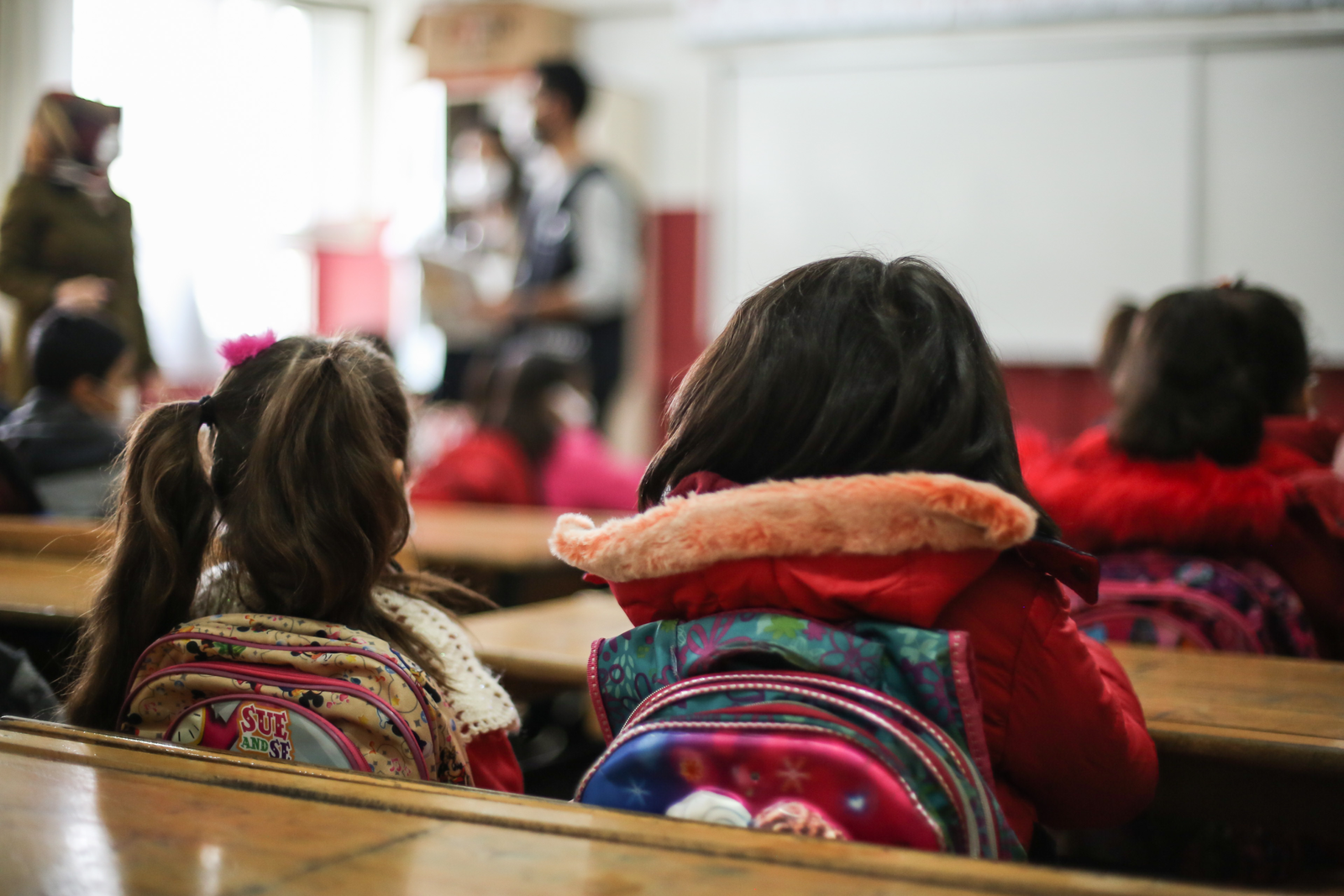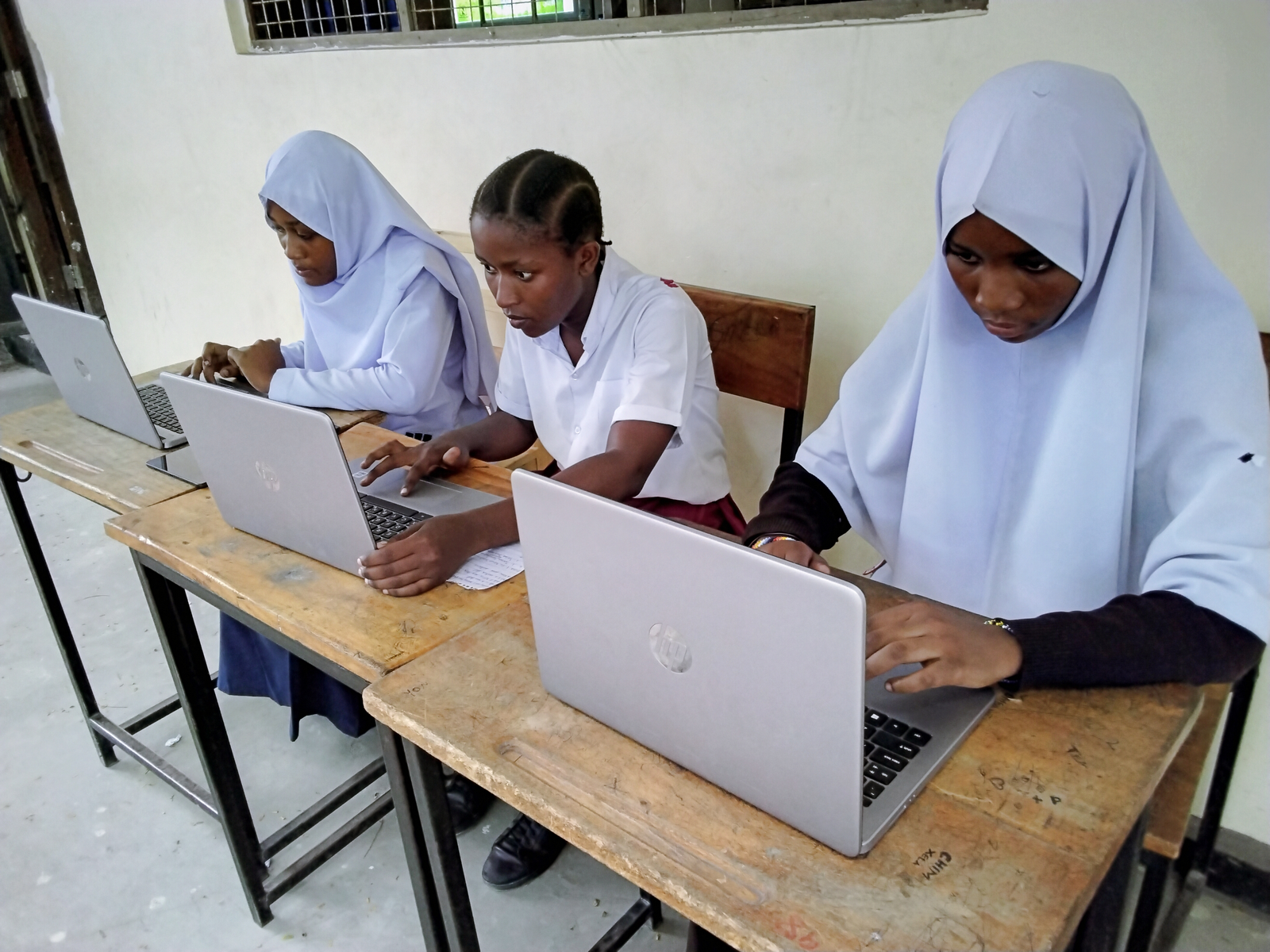
Helping teenage girls stay at school is good for them and their country’s economy
Barriers to education, Child labour, Child marriage, Girls' education, Right to education
Building separate toilets and training teachers on gender violence are just two of the ways in which projects are aimed at getting more adolescent girls into education.
One week ago, International Women’s Day shone a spotlight on the many challenges that women and girls face. But every single day, girls around the world are denied access to education.
About 130 million girls between the ages of six and 17 are still not in school – and three-quarters of them are adolescents.
Education for girls aged 12 and over is vital for so many reasons. Apart from the obvious things that schooling provides, it prevents them falling into child labour or early marriage.
Every year that a girl attends secondary school means an 18% increase in her future earning power, a World Bank study revealed.
The World Bank Group revealed it has invested $3.2 billion over the past two years in education projects benefiting girls aged from 12 to 17. The projects are concentrated in some of the world’s poorest countries, mainly across sub-Saharan Africa and South Asia.
They help teenage girls access quality education and ensure they stay in school through scholarships, conditional cash transfers and facilities at school like clean drinking water and toilets.
“Investing in gender equality and girls’ education isn’t just the right thing to do – economically, it’s one of the smartest things to do,” said World Bank Group President Jim Yong Kim said.
“If girls are equipped with the education and human capital they need, they have the potential to secure the future of their countries.”
One of the World Bank projects in Bangladesh has built separate girls’ toilets at schools and introduced a girls’ empowerment curriculum that promotes health and hygiene.

In Tanzania, it is boosting girls’ enrolment by making schools affordable, reducing the time and distance to school, and proving teacher training on ways to reduce gender-based violence.
Despite the importance of education for adolescent girls, more than half of all countries have not achieved gender parity in lower secondary school and 75% in upper secondary.
The picture is a bit brighter at primary level – where two-thirds of nations do have a many girls at school as boys, according to a new United Nations report on gender equality in education.
The findings were produced by UNESCO’s Global Education Monitoring (GEM) Report. It surveyed 189 countries to assess what they are doing to ensure girls and women fully benefit from the right to education.
The Gender Review report found that only 44% of countries have made full legal commitments through international treaties to the cause of gender parity in education.
“All of us – from governments to teachers, communities and families – have a role to play in pushing for change when discrimination arises, said Audrey Azoulay, Director-General of UNESCO.
Regardless of the age group, accessing education can be particularly difficult in rural parts of the world’s poorer countries.
“Half of all rural poor women in developing countries have no basic literacy,” said Phumzile Mlambo-Ngcuka, Executive Director of UN Women at a session of the UN Commission on the Status of Women on March 12.
“15 million girls of primary-school age will never, never get the chance to learn to read or write in primary school.
“A rural girl is twice as likely to be married as a child compared to her urban counterpart. Without adequate education and knowledge, her authority and ability to control her life and escape from violence are critically diminished.”
More news

Skills for the future give young people the best chance of success
